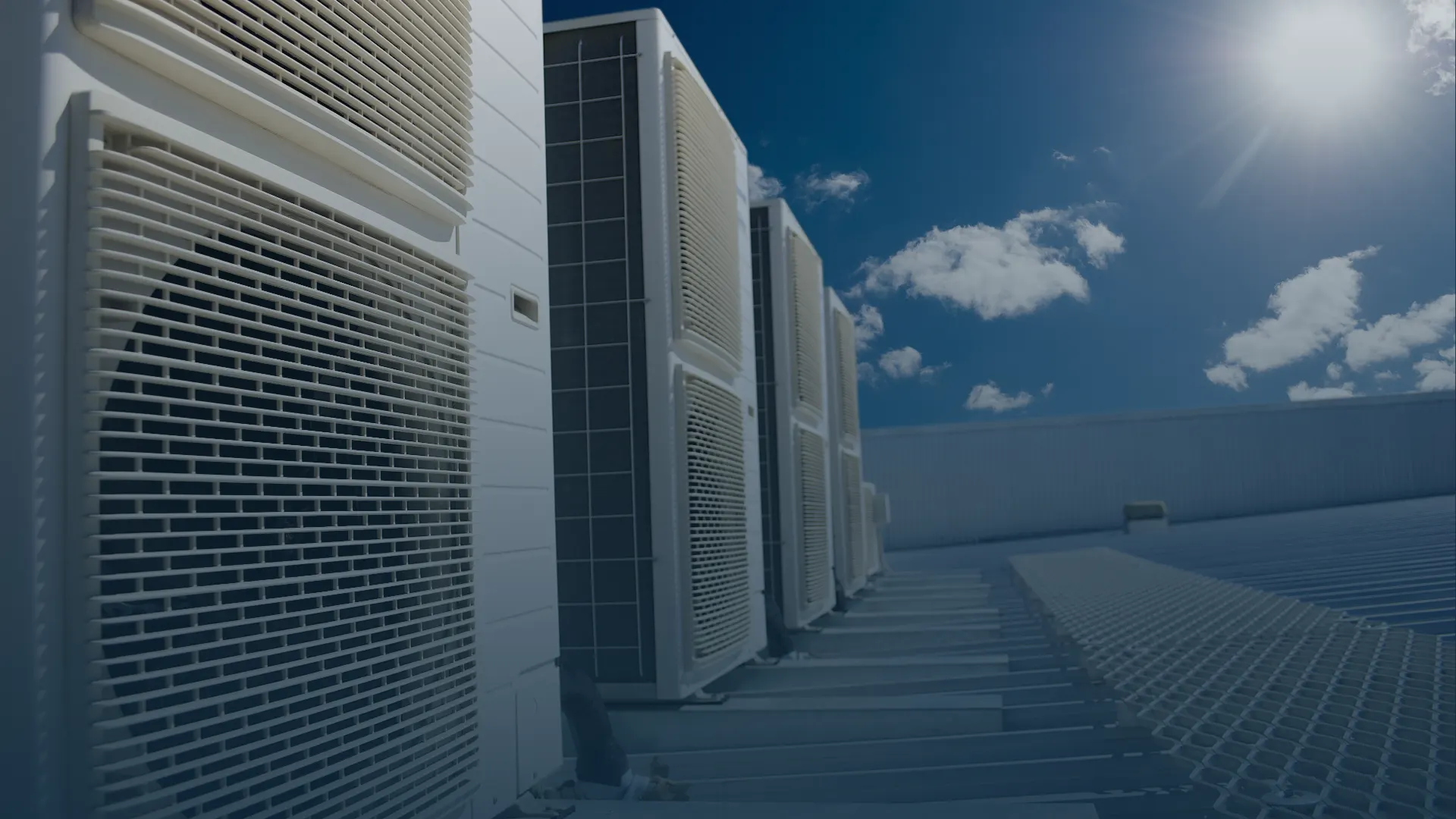
Trakref
AIM-ing for Our Future: Reflecting on a Big Week for our Climate

This past Sunday, as the sun crossed the equator, we marked the start of autumn in the Northern Hemisphere and spring in the Southern Hemisphere.
It was a fitting kickoff to a week intensely focused on a changing climate.
Confronting Climate Change across Different Domains
At the United Nations Headquarters in New York, world leaders gathered for the 79th session of the General Assembly to address emerging threats of conflict and climate change. Against that backdrop, a group of scientists produced their first Planetary Health Check, which came with a red alert: six of the nine Planetary Boundaries are breached, with the possibility of imminent transgression of a seventh.
Elsewhere in New York City, a global mix of business leaders, political change makers, and civil society representatives were bringing new innovations to Climate Week NYC.
Just over two hours south by Amtrak, a different event was convening in Baltimore. The Food Industry Association (FMI), whose members include retail grocers, producers, and service providers, was hosting its Energy & Store Development Conference. The conference focused on food retail energy, refrigeration, sustainability, and store design. Notable sessions included: “Growing the Technician Workforce: An Industry-Wide Approach” and “How to Leverage a Standard Process to Communicate ESG Commitments and Drive Profitability.”
Regulations Impacting the Food Industry
New regulations were top-of-mind for all FMI attendees. Just before the conference began, the EPA issued its final rule for the management of certain hydrofluorocarbons (HFCs) and other refrigerants under Subsection (h) of the American Innovation and Manufacturing (AIM) Act. These regulations aim to maximize reclamation and minimize releases of HFCs from leaking equipment such as refrigeration and air conditioning systems, reducing the harmful effects of these potent greenhouse gasses.
The new requirements heavily impact operators and service providers involved in the critical cold chain that maintains the safety and quality of perishable food from farm to fork.
FMI’s Chief Regulatory Officer & General Counsel asked a packed room who felt overwhelmed by new federal and state regulations, and nearly every hand in the room went up. During a town hall panel on the future of grocery retail, one of the panelists raised a crucial question: How can legacy stores achieve compliance with limited available capital?
Turning Goals into Action and Impact
This is where the rubber meets the road. After new technologies emerge, global treaties are signed, laws are passed, and regulations are written; facility managers must work closely with their teams and vendors to adjust operations to meet regulatory requirements while also addressing rising customer expectations.This planning will determine how their assets are managed and what impact they may have on the environment.
Back at the UN, the stratospheric ozone layer was highlighted as the healthiest of the nine Planetary Boundaries, rated within a “safe operating zone” for Earth and humanity. This progress is largely thanks to the success of the Montreal Protocol, a 1987 global treaty aimed at phasing out ozone-depleting substances (ODSs), which are also potent greenhouse gasses commonly used in refrigerants.
While ODS emissions dropped and the health of the ozone layer improved, the shift to HFCs continued to pose climate challenges due to their high global warming potential. In 2016, the Kigali Amendment expanded the Montreal Protocol to include HFC reduction. This was codified into U.S. law under the AIM Act in 2020, leading to the new EPA rules announced this past Monday.
On the third day of the FMI conference, representatives from the EPA delivered awards for its GreenChill program, where supermarket partners were recognized for their outstanding achievements in reducing emissions from their refrigeration systems. They discussed transitioning to zero ozone depletion and lower global warming potential refrigerants, lowering refrigerant charge sizes, eliminating leaks, and adopting advanced refrigeration technologies to minimize emissions.
Looking Ahead
Chatter in the hallways between sessions focused on how operating plans must change to meet this evolving regulatory and sustainability landscape — which includes transitioning to natural refrigerants, new leak detection methods, and enhanced software tools to track refrigerant usage.
It’s hard work that often forces tough choices among imperfect options with limited resources, as we all work together to meet the needs of a new season in a changing climate.
But it’s happening, and it’s progress—for all of us, thankfully.
Stay Ahead of HFC Regulations with Trakref
Trakref is the industry-leading refrigerant management software solution trusted by many of the largest corporations to track hundreds of thousands of refrigerant-containing assets across tens of thousands of locations to support their compliance, operational, and sustainability needs.
Contact us to learn more about these changing regulations and how we can help your team ensure audit-ready compliance while making better use of service event data to better manage the cost and carbon impact of your operations.



